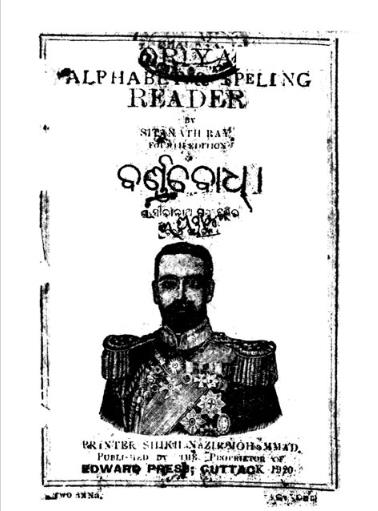Barnabodha, authored by Sitanath Ray and first published in 1920, is a seminal textbook in the Odia language that has significantly influenced the educational landscape of Odisha. Aimed primarily at young learners, this textbook serves as an introductory guide to the Odia script and language, marking an important milestone in the development of regional education.
In the early 20th century, Odisha was undergoing significant social and cultural transformations. The demand for education in the vernacular was gaining momentum, and there was a strong push for textbooks that could foster a sense of identity and cultural pride among Odia-speaking children. Sitanath Ray, recognizing this need, developed Barnabodha as a comprehensive resource tailored for the Odia-speaking population. The title itself reflects the essence of learning—Barnabodha translates to knowledge of the letters, emphasizing its focus on teaching the alphabet and foundational language skills.
Barnabodha is structured in a manner that is both engaging and educational. The textbook begins with the Odia alphabet, systematically introducing letters and their corresponding sounds. Each letter is paired with simple words and illustrations, making it easier for young learners to grasp the concepts. The didactic approach employed by Ray promotes not only reading and writing but also comprehension and pronunciation.
The content is structured progressively, allowing students to build their skills gradually. Through exercises, stories, and poems, Barnabodha immerses children in the richness of the Odia language. The textbook includes cultural references, folk tales, and moral lessons, intertwining education with the preservation of Odia heritage. This aspect of Barnabodha has made it not just a language text but also a vehicle for cultural transmission.
The publication of Barnabodha marked a turning point in Odia education. It became one of the standard textbooks in schools across Odisha, laying the groundwork for language education in the region. The textbook’s simplicity and effectiveness contributed to its widespread adoption, helping generations of Odia children become literate and fostering a love for their mother tongue.
Moreover, Sitanath Ray’s efforts in creating such a resource helped elevate the status of the Odia language during a time when regional languages were often overshadowed by dominant languages like English and Hindi. Barnabodha encouraged other educators and authors to explore vernacular literature, further enriching the educational and cultural landscape of Odisha.
Even decades after its initial publication, Barnabodha continues to resonate within the realm of Odia education. It has inspired revised editions and has been used as a reference point for subsequent language textbooks. The emphasis on cultural stories and local contexts in Ray’s work has paved the way for modern authors to create educational materials that are rooted in regional identity.
Books Info
| Books name | Barnabodha / ବର୍ଣ୍ଣବୋଧ |
| Author | Sitanath Ray |
| No Of pages | 34 |
| Publisher | Sitanatha Ray |
| Publication | 1920 4e. |
| Printed At | NA |
| Distributor | NA |

